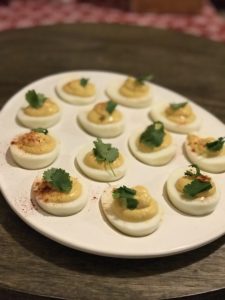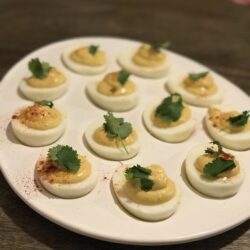
It’s #nationallipstickday friends!
?Did you know that ONE in THREE lipstick brands contain more lead than the FDA’s acceptable limit? FYI, lead and other heavy metals ??are commonly found in colored cosmetics – they are naturally occurring with the colorants. While they may be naturally occurring, they are not safe and they are easily absorbed through cosmetics.
The US FDA has issued some limits for metals as intentional colorants, but there are no limits for heavy metals as contaminants. The EU bans the intentional use of certain heavy metals, but currently does not mandate regulatory concentration limits for trace levels in cosmetic products. To date, Canada has the most health-protective regulations in place regarding allowable heavy metal levels, including trace contaminants, for cosmetics sold in Canada.
Did you know that the average women consumes FOUR pounds of lipstick in their lifetime? That can add up to a whole lot of heavy metals. And currently, laws do not require that heavy metal contaminants be disclosed by cosmetics companies or listed on cosmetic ingredients labels because they are not intentional ingredients.
There are plenty of places to shop for safer lipsticks. Right now, I currently shop at Crunchi (save $10 with that link) and at a local shop THAT ALSO SHIPS Poppy Avenue Clean Beauty Bar.
Lipstick, so tell me:
Reds or pinks?
Sheer or intense?
Gloss or lipstick?
My answers: pinks (sometimes reds), intense, and lipstick!
XOXO
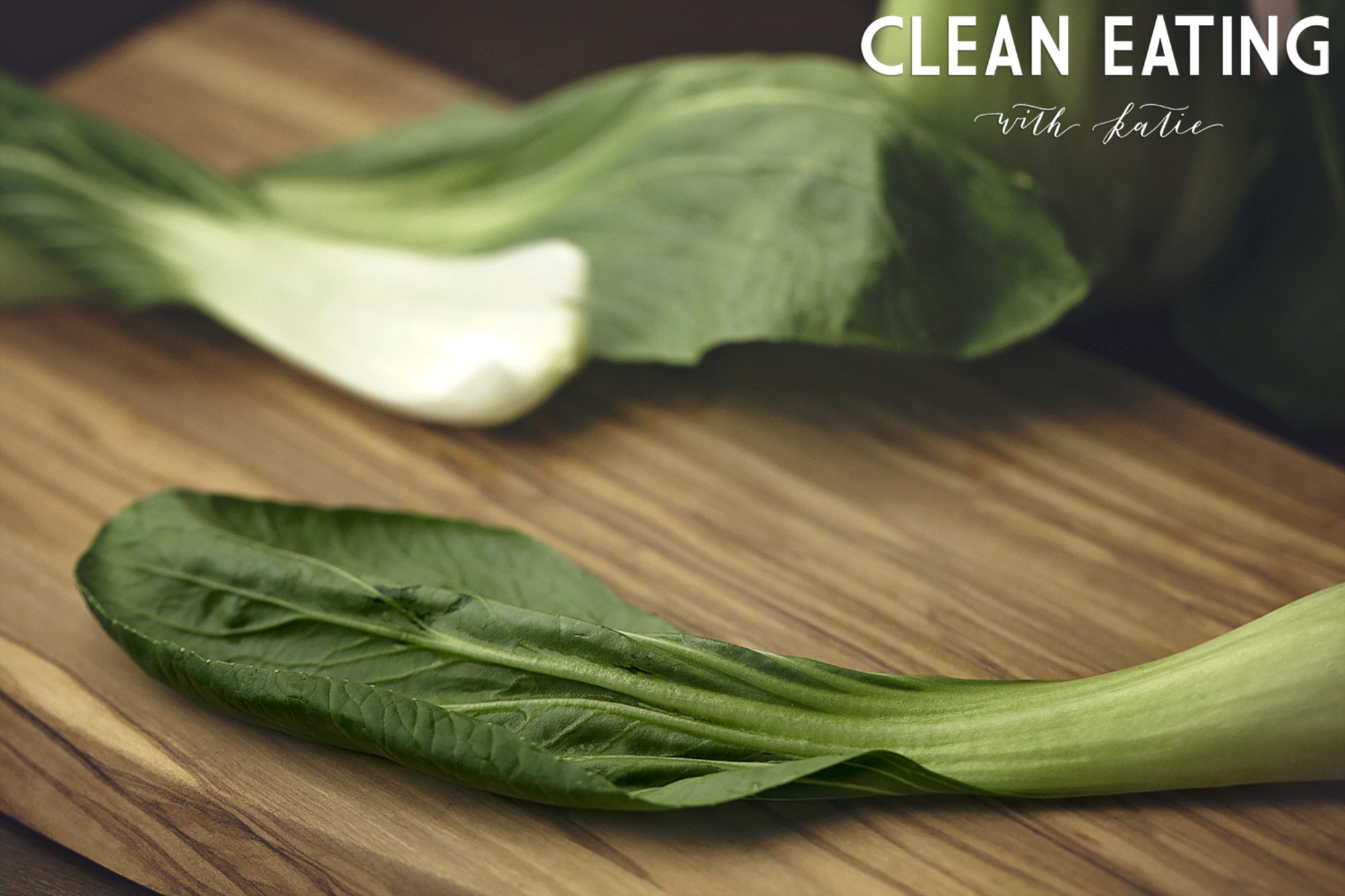


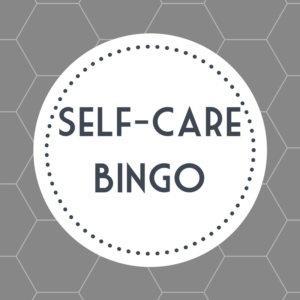
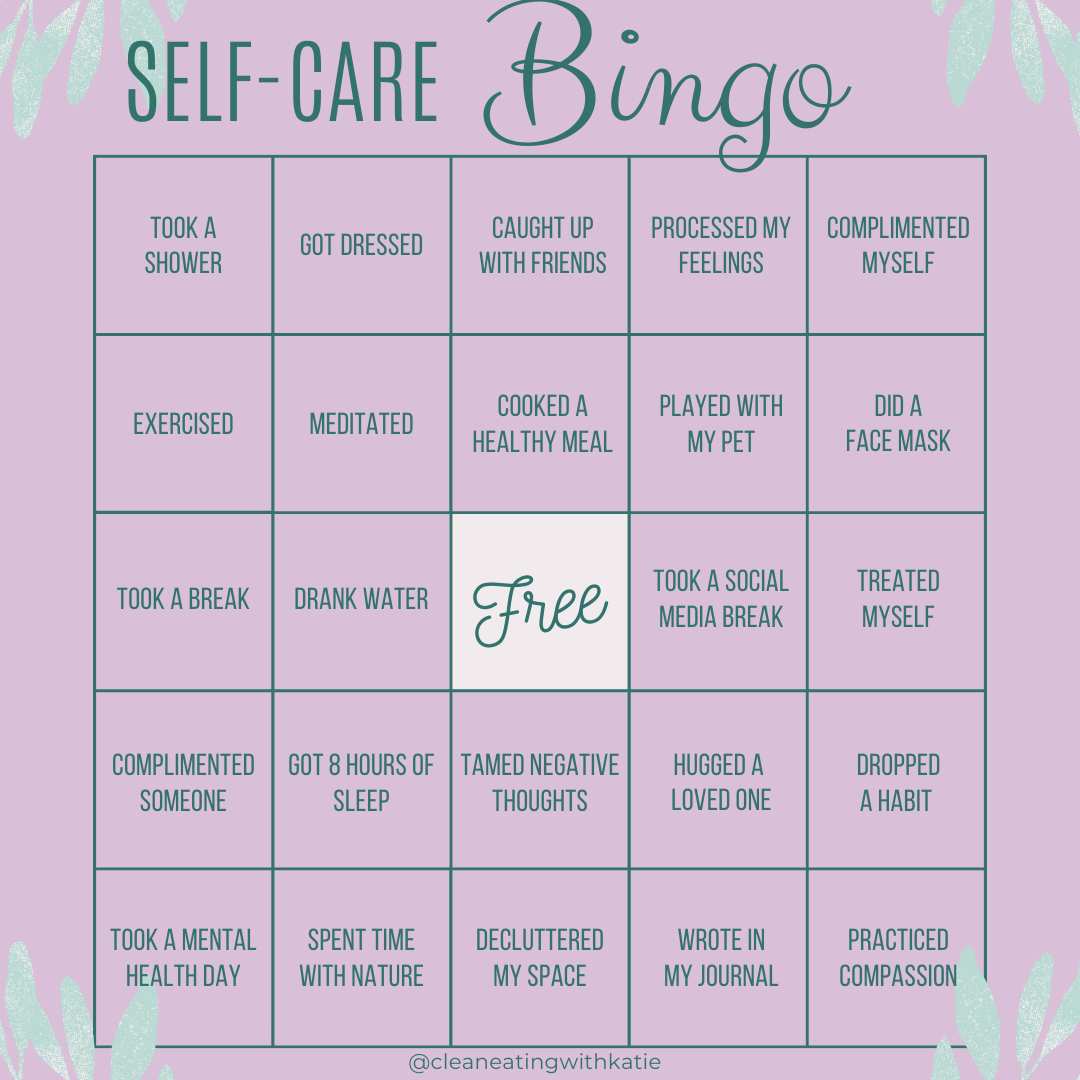
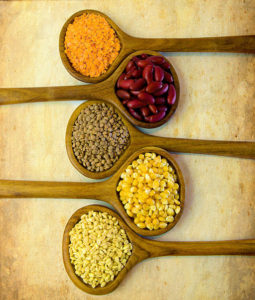

 Here is my favorite creation…ever.
Here is my favorite creation…ever.  Here is a
Here is a 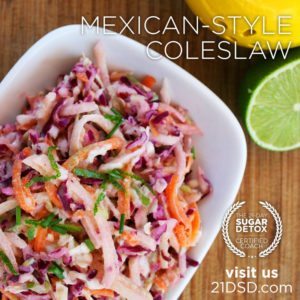 Here is a 21DSD compliant version of my
Here is a 21DSD compliant version of my 